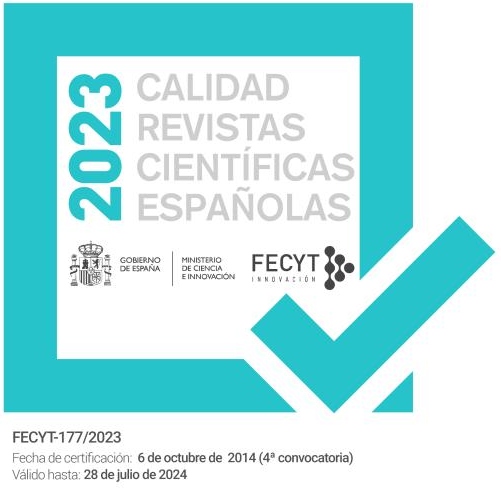The new directive europe on civil liability for defective products and its application to fully automated or autonomous vehicles
Keywords:
Artificial intelligence, defective product, civil liability, autonomous vehicles, automated driving, product safety, maker, damages, technological risksAbstract
Worldwide, we are moving towards an increasing use of artificial intelligence in transport systems, in which autonomous or driverless vehicles are becoming increasingly important, making mobility safer, more comfortable, and more efficient. and sustainable, and is within everyone's reach. However, the transition to autonomous vehicles, which will have repercussions, among other aspects, especially in civil liability and insurance, generates new risks not covered by traditional regulations, which no longer serve and are outdated to solve the new problems caused by the use of this new technology: the intervention of multiple subjects in its creation process, the opacity of its performance, the continuous and independent self-taught learning of previously programmed decisions after its release, its connectivity and the complexity in the components of these vehicles. Hence the concern for the development from the European Union, of a new uniform and complete legal framework for the regulation of artificial intelligence, in order to review the current regulations to adapt it to the rapid and progressive development of these new technologies.
In the present work, a very recent European regulation is analyzed, which affects the regulation of civil liability derived from damages caused by highly automated or autonomous vehicles: the Proposal for a Directive of the European Parliament and of the Council, on liability for defective products, of September 28, 2022, which repeals the Defective Products Directive of 1985.







